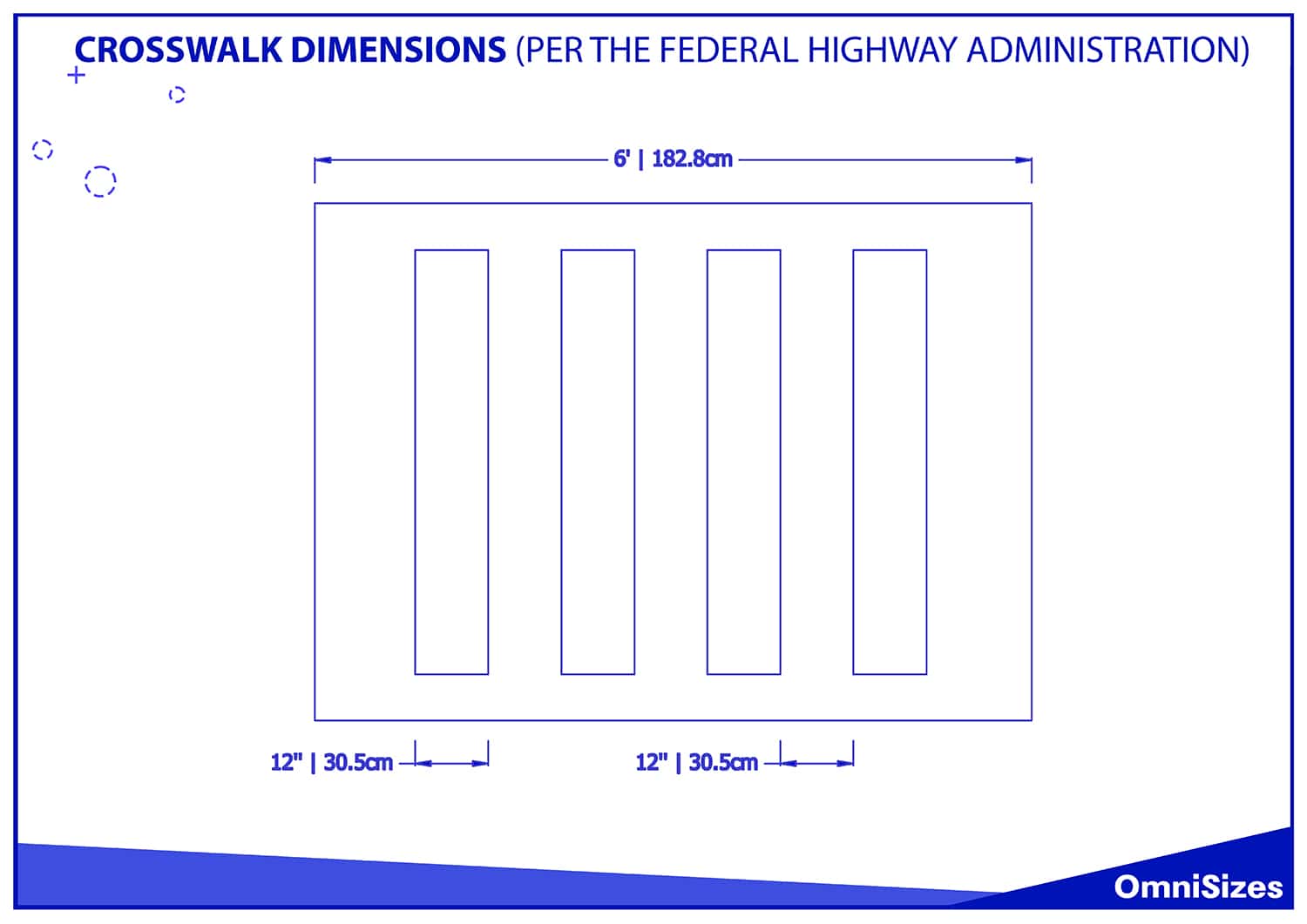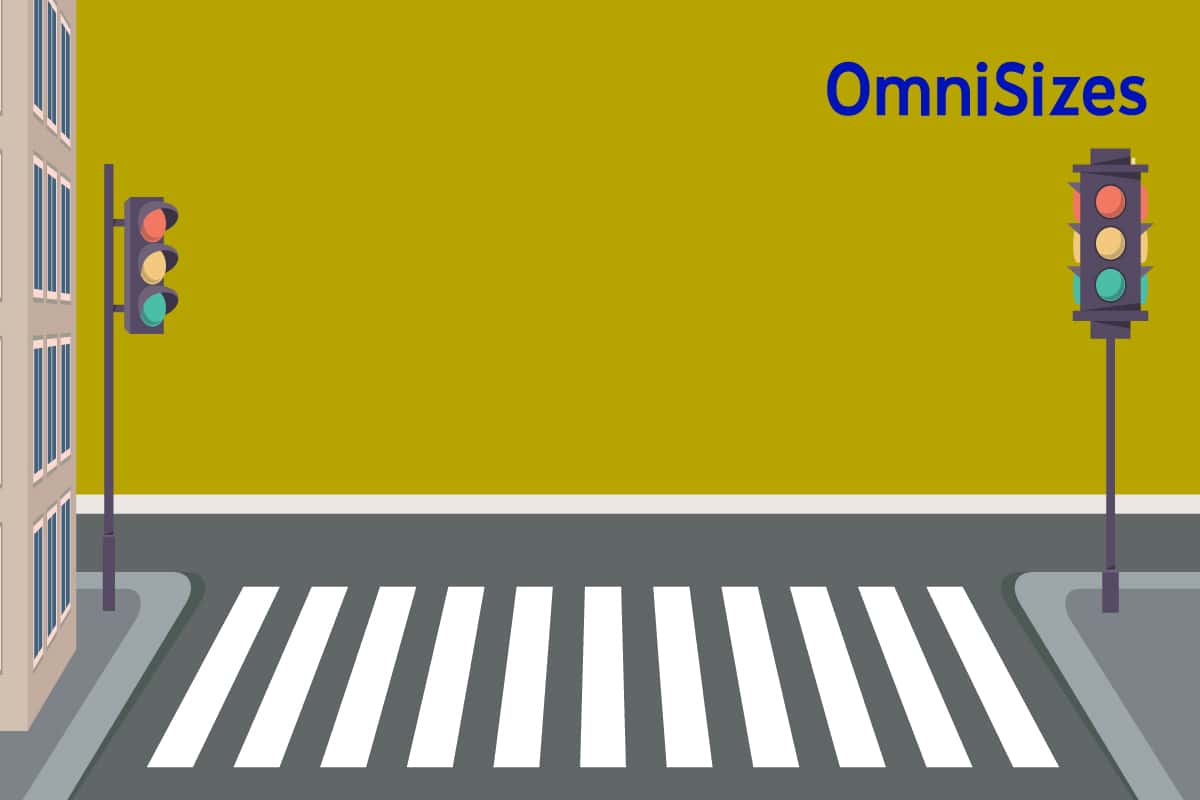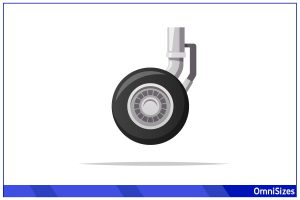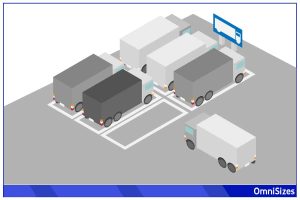Crosswalks are essential for pedestrian safety and traffic management. The term “crosswalk dimensions” refers to the specific measurements that determine the width and length of these pedestrian crossings. So, what are the typical dimensions of crosswalks?
The required dimensions of a crosswalk vary depending on location and traffic conditions. Typically, they should be at least 6 feet (1.83 m) wide with varying lengths. These measurements promote visibility and safety for pedestrians crossing roads.

This guide will cover crosswalks from various aspects, including the design, dimensions, and safety. It will also cover crosswalks in special contexts like school zones and high-traffic urban areas.
Crosswalk Basics
A crosswalk is a path marked on a roadway where pedestrians have the right of way to cross. They are usually found at intersections but can also be located mid-block. Crosswalks serve multiple purposes: ensuring pedestrian safety, guiding foot traffic, and aiding in traffic regulation. They are especially important in high pedestrian traffic places, such as urban areas, school zones, and shopping districts.
Crosswalks come in various types and markings, each suited to different environments. The most common types include:
- Standard Crosswalks: These are basic, two-line crosswalks typically found at controlled intersections.
- Zebra Crosswalks: Characterized by alternating white and black stripes, these are highly visible and commonly used in high-traffic areas.
- Ladder Crosswalks: Similar to zebra crossings but with square blocks, offering increased visibility.
- Raised Crosswalks: Elevated slightly above the road level, these act as a speed bump, slowing down vehicles.
Standard Crosswalk Dimensions
Knowing standardized crosswalk dimensions can help urban designers and city planners create safer crossing zones for pedestrians and motorists alike.
General Dimension Guidelines
Per the Federal Highway Administration, the standard width of a crosswalk should be at least 6 feet wide. This width ensures enough space for pedestrians to cross safely and comfortably. The length of the crosswalk corresponds to the width of the roadway it crosses, which can vary greatly.
Wider crosswalks can accommodate larger numbers of pedestrians and are generally safer, reducing crowding and the risk of pedestrians stepping into vehicular lanes. In contrast, narrower crosswalks might be sufficient in areas with lower pedestrian traffic but can become points of congestion and increased risk in busier areas.
In addition to width and length, the height of raised crosswalks (when present) should be the same as the adjacent sidewalks (around 4 inches) to ensure vehicle accessibility.
Crosswalk Design Considerations
While the width of a sidewalk may be standardized, there are other factors city planners must take into account before putting paint on asphalt.
Factors Influencing Crosswalk Dimensions
- Pedestrian Volume: Areas with high foot traffic require wider crosswalks.
- Vehicle Speed and Volume: Busy roads with fast-moving traffic need more visible and potentially larger crosswalks for safety.
- Local Environment: The surrounding urban or rural context influences crosswalk size and design.
- Accessibility Requirements: Crosswalks must accommodate people with disabilities, requiring specific features like tactile paving.
Materials Used in Crosswalk Construction
- Thermoplastic Markings: These are durable and offer high visibility, even during low-light conditions.
- Paint: Commonly used but requires more frequent maintenance.
- Pavers or Bricks: Offer aesthetic appeal and can be used in low-traffic areas.
- LED Lights: Incorporated for enhanced visibility, especially at night.
Visibility
Visibility is vital for pedestrian safety. Bright, contrasting colors and reflective materials are often used to make crosswalks more visible to drivers. Aesthetics also play a role, especially in historical or tourist areas, where crosswalks may feature unique designs or colors to complement the surroundings.
Crosswalk Safety Aspects
Crosswalk safety is a primary concern in urban design and traffic management. There are several points that need to be considered when thinking about the safety of pedestrians and motorists on crosswalks.
Safety Standards for Crosswalk Dimensions
Safety standards for crosswalk dimensions are set to ensure pedestrian protection. These standards vary regionally but generally include specifications for width, visibility, and markings. For instance, wider crosswalks are recommended in areas with high pedestrian traffic to prevent overcrowding and potential accidents.
Pedestrian Behavior and Crosswalk Safety
Pedestrian behavior plays a significant role in crosswalk safety. Educating the public about the proper use of crosswalks and the importance of adhering to traffic signals is vital. Areas with frequent jaywalking might require additional measures like barriers or enhanced signage.
Traffic Flow and Crosswalk Placement
Crosswalks should be located where they do not disrupt traffic but still provide convenient crossing points for pedestrians. This involves studying traffic patterns and pedestrian movement in the planning phase.
Crosswalks in Special Contexts
Crosswalk design and implementation must adapt to various special contexts. Let’s see how crosswalks are adapted to specific environments.
1. School Zones and Children’s Safety
- High Visibility: Brightly colored or patterned crosswalks catch the attention of drivers.
- Reduced Speed Limits: Lower speed limits near schools give drivers more time to react.
- Additional Signage: Signs alert drivers to the presence of children and school zones.
- Adult Crossing Guards: During school hours, crossing guards provide an extra level of safety.
2. Crosswalks in High Traffic Urban Areas
- Wider Crosswalks: To accommodate more pedestrians, urban crosswalks are often wider.
- Pedestrian Islands: Mid-crosswalk refuges provide a safe waiting spot for pedestrians crossing wide streets.
- Timing of Traffic Signals: Extended crossing times ensure pedestrians can safely cross busy streets.
- Advanced Stop Lines: These lines keep vehicles a safe distance from the crosswalk.
3. Rural vs. Urban Crosswalk Dimensions
- Rural Crosswalks: Often simpler due to lower traffic volumes and pedestrian counts. They might be narrower and less elaborate but still need to be clearly marked for safety.
- Urban Crosswalks: Typically more complex, featuring various designs and technologies to manage high pedestrian and vehicle traffic. Urban crosswalks might incorporate artistic designs and technological enhancements like LED lighting.
4. Adaptability to Special Events
- Temporary Crosswalks: These can be set up to safely manage increased foot traffic during events.
- Flexible Design: The design should accommodate fluctuating pedestrian volumes without disrupting regular traffic flow.
5. Crosswalks Near Tourist Attractions
- Multilingual Signage: Helps tourists from different countries understand crossing rules.
- Enhanced Aesthetics: Crosswalks near attractions might feature artistic or culturally relevant designs.






